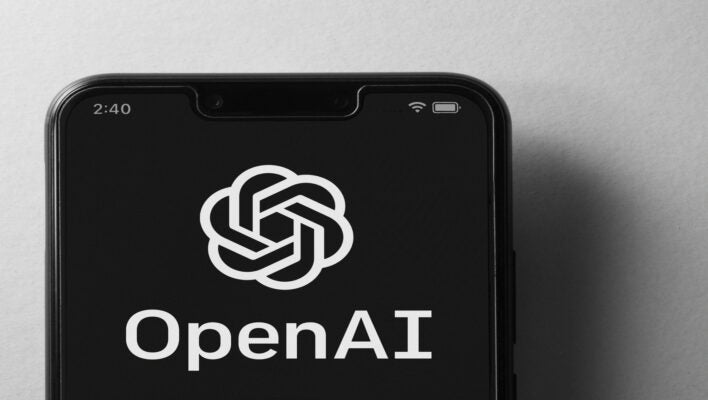OpenAI has unveiled its latest AI model, known as o3. The company claims that it can think “with images,” meaning that it understands sketches and diagrams, even low-quality ones. Alongside o3, the company also unveiled 04-mini, a smaller model and presumably the precursor to a later o4 model.
o3 is capable of analyzing whiteboards, sketches, and other images. Theoretically, a user can simply upload an image, and o3 will analyze and discuss it. It can also rotate, zoom, and use other image-editing tools.
It’s been a period of extraordinary growth and development for OpenAI. The company only debuted its first reasoning model, o1, in September 2024, which was able to solve complex problems and deliberate over its answers. In its bid to outpace rivals, including xAI and Anthropic, OpenAI has pursued a strategy of rapid deployment. The tactic would seem to be working, with our Impact of Technology on the Workplace report finding that ChatGPT is way out in front of the pack as the AI model of choice among businesses.
New OpenAI Model Can Think “With Images”
OpenAI has released its newest AI model, known as o3. The platform is capable of thinking “with images,” according to reports, meaning that users can input sketches, diagrams, and other images into the model, and it will analyze and discuss them. The tool can also rotate, zoom, and deploy other image-editing tools.
The company also released o4-mini, a smaller model that presumably forecasts the future release of o4 proper. In terms of scheduling, this latest rollout does go against the grain for OpenAI, with previous models typically released in isolation.
 This just in! View
This just in! View
the top business tech deals for 2025 👨💻
In a statement, the company said: “For the first time, our reasoning models can independently use all ChatGPT tools – web browsing, Python, image understanding, and image generation. This helps them solve complex, multi-step problems more effectively and take real steps toward acting independently.”
Company Betting Big on Image Generation
The company claims that o3 and o4-mini are the first of its AI models that are capable of “think[ing] with images.” This means that they can “integrate visual information directly into the reasoning chain,” as opposed to simply being able to “see” images.
The latest development follows an image-generation AI tool that the company rolled out last month, which quickly went viral, with hundreds of users mocking up their own Studio Ghibli-style creations. Previously, it had success with DALL-E, the sophisticated image generation model that found fame upon its release in 2021. There have since been two more iterations of the platform.
Image comprehension is far from the only thing that o3 is capable of, says the company. Allegedly, it is also skilled at math, coding, and science. Both o3 and o4-mini were made available to ChatGPT Plus, Pro, and Team customers on Wednesday. OpenAI did not disclose when users could expect a wider rollout.
Latest Release Caps Busy Period
It’s been a whirlwind period for OpenAI. The Sam Altman-helmed company has rarely strayed from the headlines, releasing three groundbreaking AI models since September, alongside a slew of updates to ChatGPT-4o, an introduction to ChatGPT-4.5, and an ongoing feud with X head honcho, Elon Musk.
Rumbling along in the background is the AI race, which has so far been dominated by OpenAI. However, with new models and startups announcing themselves on a near-monthly basis, this race is far from run. Barely a month ago, the world’s first fully autonomous AI model, Manus, was unveiled. In January, meanwhile, President Trump announced $500 billion of investment into Project Stargate.
OpenAI hopes its packed release schedule will be enough to ward off strong competition from elsewhere.




